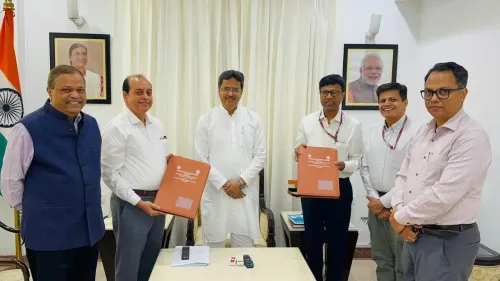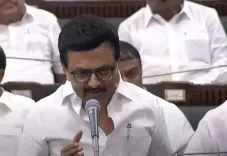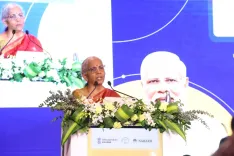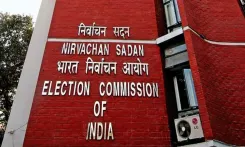Are Carbon Dioxide and Methane Levels Increasing in Delhi and Mumbai?
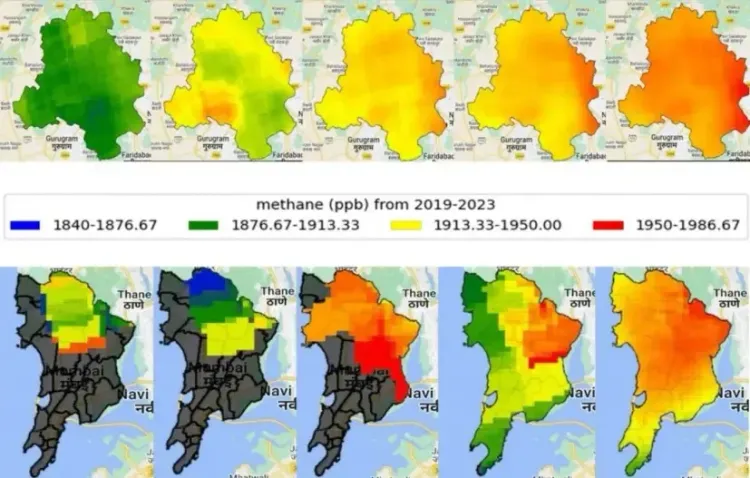
Synopsis
Key Takeaways
- Carbon dioxide and methane levels are rising significantly in Delhi and Mumbai.
- Delhi's air quality is currently categorized as very poor.
- The IIT Bombay study utilized advanced satellite data for GHG measurement.
- Identifying methane hotspots is crucial for targeted interventions.
- Effective pollution control measures are being implemented in Delhi ahead of Diwali.
New Delhi, Oct 14 (NationPress) A recent study from the Indian Institute of Technology (IIT) Bombay reveals a concerning trend: levels of carbon dioxide (CO2) and methane (CH4) — both significant greenhouse gases (GHG) — are on the rise in Delhi and Mumbai over the past few years. The findings were announced on Wednesday.
As Delhi grapples with 'poor' air quality, with an air quality index (AQI) of 201, it is noteworthy that just a day prior, the AQI reached 211. Forecasts suggest that the AQI could escalate to 346 by Friday evening, categorizing it as very poor.
Meanwhile, Mumbai has also experienced a decline in air quality following the monsoon. Last week, the city's average AQI was reported at 153, based on data collected from 25 of its 30 continuous air quality monitoring stations.
The IIT Bombay research team, including Prof. Manoranjan Sahu and Adarsh Alagade, utilized remote sensing data to measure GHG levels in metropolitan areas like Delhi and Mumbai.
Their analysis indicates a steady increase in GHG levels in both cities, revealing both seasonal and spatial variations. Additionally, they created city-specific statistical models to forecast GHG levels.
“By pinpointing trends and hotspots, satellite-based monitoring provides policymakers with crucial evidence to target the most significant sources of emissions, such as prioritizing landfill gas capture, managing traffic in high-emission areas, and enforcing industrial emission standards. This approach also allows for the assessment of the real-world impacts of these policies over time,” explained Sahu.
The research team made use of data from NASA’s Orbiting Carbon Observatory-2 (OCO-2), which monitors carbon dioxide levels, and the European Space Agency’s Sentinel-5P, which tracks methane emissions.
By analyzing satellite-derived measurements, they noted the concentrations of CH4 and CO₂ have increased over the years. Their findings also highlighted the emergence of methane hotspots, often located near areas with wastewater treatment, landfills, or heightened industrial activity.
The identification of these hotspots, along with the risks associated with waste management and rapid urbanization, underscores the vital role that satellite data can play in guiding targeted policy interventions. Additionally, CO2 concentrations have shown a rising trend over time.
The research team employed the Seasonal Autoregressive Integrated Moving Average (SARIMA) model for their analysis. While data limitations affect CO2 analysis for Delhi, the insights gained for Mumbai significantly enhance our understanding of urban CO2 dynamics. The model also holds potential for CH4 forecasting.
“These results highlight the importance of satellite data and forecasting models in monitoring urban GHG emissions. The observed increase in CO2 and CH4 levels underscores the urgent need for decisive actions to combat climate change,” stated the researchers in their paper published in Environmental Science and Pollution Research.
In response to rising pollution levels in Delhi ahead of the Diwali festivities, the Central Air Quality Management (CAQM) has implemented Stage 1 measures under the Graded Response Action Plan (GRAP) across the Delhi-NCR region.

